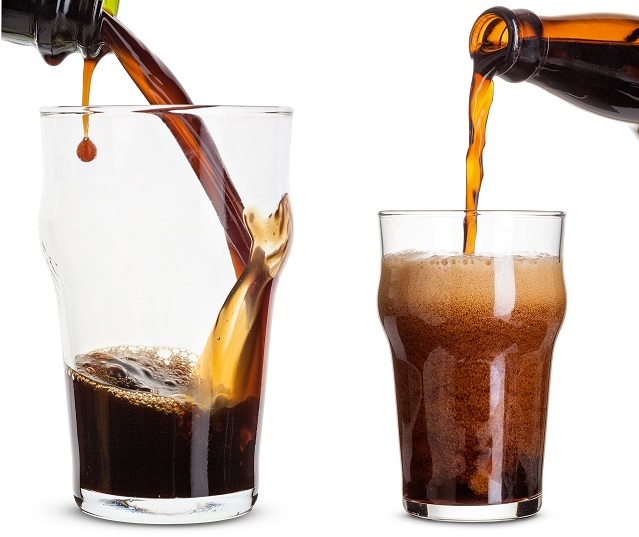When it comes to beer’s temperature, the common belief is “the colder the better.” This is not always sound advice. Beers served too cold can numb the tongue and deaden the taste buds to the delightful flavors within. Letting a beer warm up just a bit can unlock the flavors and enliven the character of a well-crafted beer. The temperature at which you serve different beers is often a matter of personal taste, but if you are seeking guidance, here are some serving suggestions that may bring out the individuality of certain types of beer.
Very Cold: (35-40° F) American Premium Lagers, Low-alcohol beers and Cream Ale.
Cold: (40-45° F) Hefeweizen, Pilsner, Kolsch and Wheat Beer.
Cool: (45-50° F) Stout, Porter, Amber Lager, Pale Ale and IPA.
Cellar: (50-55° F) Bock, Belgian and Trappist Ale, Lambic/Gueuze, Sour Ale and Strong Ale.
Warm: (55-60° F) Double IPA, Doppelbock, Barleywine, Quadrupel and Imperial Stout.
